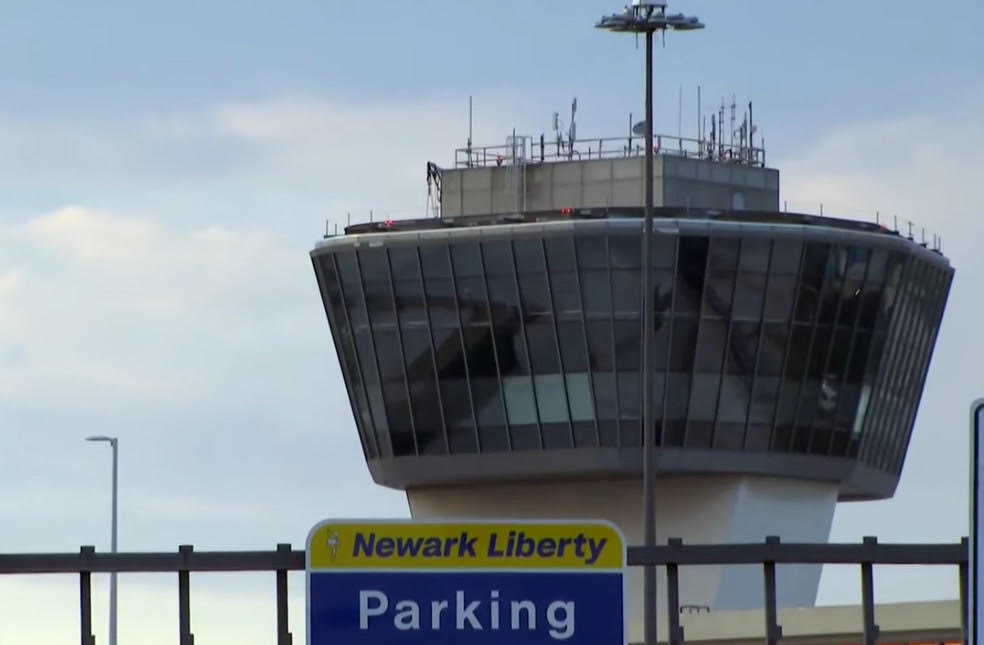Flight delays and cancellations are starting to decline at Newark Liberty International Airport, after a power outage left air traffic controllers out of contact with incoming planes for over roughly 90 seconds on April 28. While the outage was brief, the knock-on consequences have been felt in the days that followed. The FAA diverted flights as a precautionary measure in the aftermath, and many air traffic controllers working at the Philadelphia facility that manages flights going into and out of Newark have taken leave, using a provision that allows them to after a traumatic event. On Wednesday, another factor entered the mix that could cause problems for travelers, as May 7 marks the first day that REAL ID – a driver’s license that meets federal security standards implemented after 9/11 – will be required for domestic flights.
While flight traffic is beginning to return to a normal pace, Newark Liberty is still the airport with the most cancellations and delays in the world. On Wednesday, there were 86 cancellations and 34 delays of incoming and outgoing flights as of this writing, according to the flight-tracking website FlightAware. On the same day the FAA announced that it had capped the arrival rate at the airport to 28 flights an hour, and would consider even lowering it further depending on conditions going forward.
In the meantime, stakeholders from all sides are looking for ways to deal with the problem in the short-term. Secretary of Transportation Sean Duffy announced that the FAA is offering financial incentives to veteran air traffic controllers to keep them on the job longer. “These are the best-equipped controllers that we have and so I’ve offered them a 20% upfront bonus of their salary to get them to stay on the job not retire,” he told reporters on Wednesday. United, the airline that has typically had the most flights out of the Newark, has cut its usual 440 daily trips from the airport down to 293, in light of last week’s outage and other issues, like runway construction at the New Jersey airport, which is expected to be completed in June.
It also remains to be seen what effect the new REAL ID requirements will have on travelers expecting to leave from Newark Liberty. While 81% of eligible Americans across the country already have IDs that meet this standard, in New York State that figure is 45%, and in New Jersey it’s only 19%, making it one of the states with the lowest compliance rates in the country. On the other hand, New Jersey is the state with the highest rate of passport holders at 80%, which counts as an alternative to the REAL ID requirement for domestic flights.
Transportation Security Administration Director Thomas Carter says there is no need to panic if you lack both a REAL ID and a passport: travelers are still permitted to use state-issued identification as before, but pre-flight security check will take longer. “The people who are not real ID compliant can rest assured and they can take a deep breath. They will still be able to process through the TSA checkpoint,” Carter said. “They just need to bake in a little extra time into their journey and anticipate that they will be subjected to some enhanced screening processes.” Carter did not elaborate on what that “enhanced” screening would entail.












